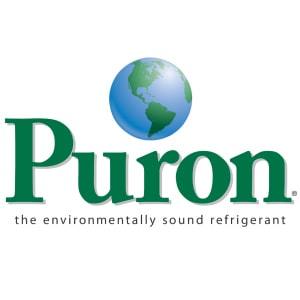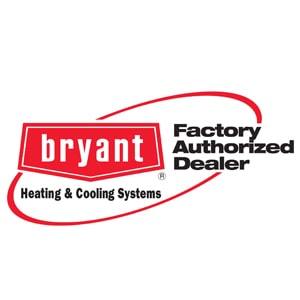According to the U.S. EPA, air pollutants in indoor spaces are often two to five times more concentrated than in most outdoor areas. The average person spends 90% of their time at work, at home and in other indoor spaces, which is why homeowners need to take steps to maintain good indoor air quality.
In this blog, the local roofers and HVAC contractors at Hader shine a spotlight on indoor air pollution, common sources of pollutants and how to combat them.
Where Do Indoor Air Pollutants Come From?
The most surprising thing about indoor air pollutants is their source, a lot of which are things that you may already have in your home.
Indoor Smoking — Cigarette smoke is a major source of various types of pollutants. Nicotine, in particular, tends to linger in the air. Long-term exposure to nicotine particles places all occupants at risk of respiratory problems.
VOCs — Volatile organic compounds are substances that are emitted from common household items, including paint, certain types of plastics and resins from particle boards. Some types of VOCs are continuously emitted over long periods (sometimes years) through a process called off-gassing.
Exhaust — Anything that burns fuel for heat emits exhaust: furnaces, fireplaces and stoves among them. Carbon monoxide and various particulates can come from attached garages, especially if the car is often left idling inside. A chimney repair specialist can help ensure proper heating system ventilation.
Radon — Soil contains trace amounts of uranium. When uranium breaks down, it releases radon gas, which can enter the house through dirt floors, cracks in concrete floors and unprotected crawl spaces.
Biological Agents — These are indoor air pollutants that are biological in origin, such as animal dander, pollen and mold.
How to Fight Indoor Air Pollution
The good news is, there are many things that you can do to fight indoor air pollution. The objective is to keep such particulates from lingering in any indoor space, therefore proper ventilation is essential. Your HVAC system should be regularly inspected. Air filters, which help keep the air clean by catching most types of particulates, must be replaced when full. A humidifier/dehumidifier system can help inhibit mold growth by maintaining relative indoor humidity levels.
Another thing you can do is regularly open the windows in your home for at least 15 minutes a day. This helps flush out indoor air pollutants, keeping the particulates at safe levels. You can install fine insect screens to block pollen and other particles from getting into your home. Changes to your habits, including smoking on the patio instead of indoors, can help control the amount of indoor particulates in your home.
Call Hader for Your Heating, Cooling and Ventilation Needs
Hader is one of the leading HVAC and roofing companies in Hamilton County. Give us a call at (513) 661-1910 or fill out our contact form. We serve customers in Cincinnati and nearby areas.







